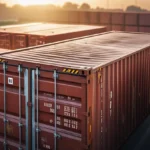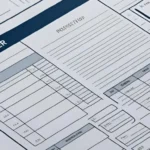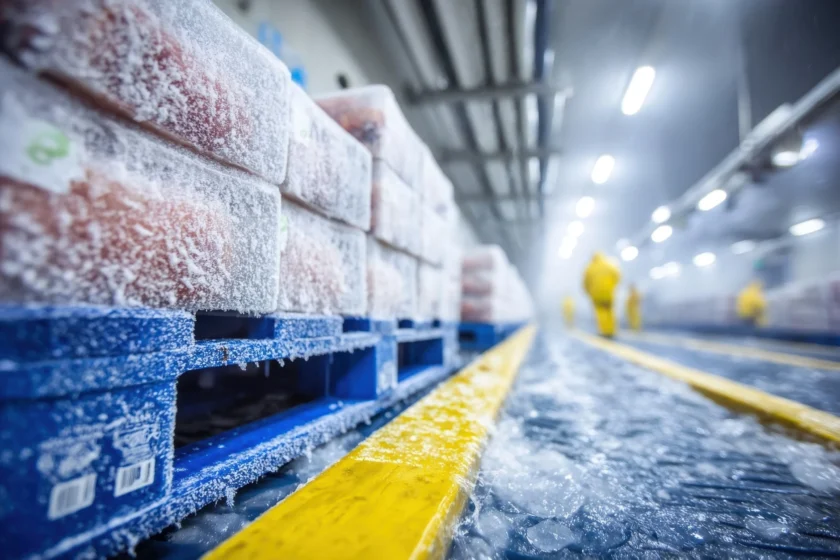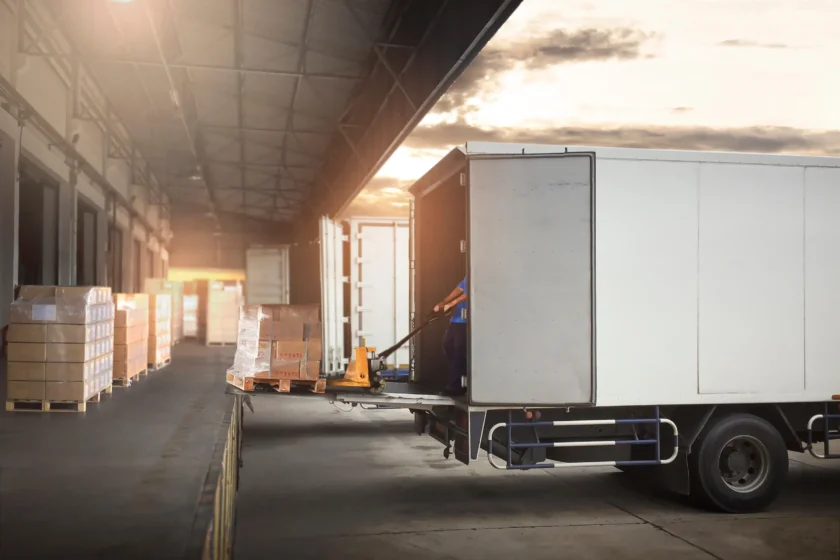FOB (Free on Board) is one of the most common terms used in freight shipping. PO between buyers and sellers establish FOB terms and assist identify ownership, risk, and transportation expenses.
FOB Origin and FOB Destination help companies to evaluate when and where to bear the cost during shipment. Now the question arises what’s the difference between them. Let’s understand the difference between both:
FOB Origin:
Buyer takes complete responsibility from the time when the seller has loaded the shipment. Also, once the seller has shipped the shipment buyer will be held responsible in case of damage, theft or loss.
FOB Destination:
Seller takes complete responsibility for the goods until they have reached its final origin. Seller tolerates the cost till the time buyer receives the shipment.
When Should You Use FOB?
FOB is a great choice when:
- You want more control over the shipping process.
- You have experience managing freight.
- You’re working with large orders or full container loads.
- But if you’re a beginner or prefer simplicity, CIF or DDP might suit you better.
How Free on Board Compares to Other Shipping Terms
In international trade, Free on Board isn’t your only option. Here’s how it stacks up against a few others:
- CIF (Cost, Insurance, and Freight) Seller pays for the freight and insurance up to the destination port.
- EXW (Ex Works) Buyer takes on responsibility right from the seller’s premises.
- DDP (Delivered Duty Paid) – Seller handles everything until the goods arrives at the buyer’s location, including duties and taxes.
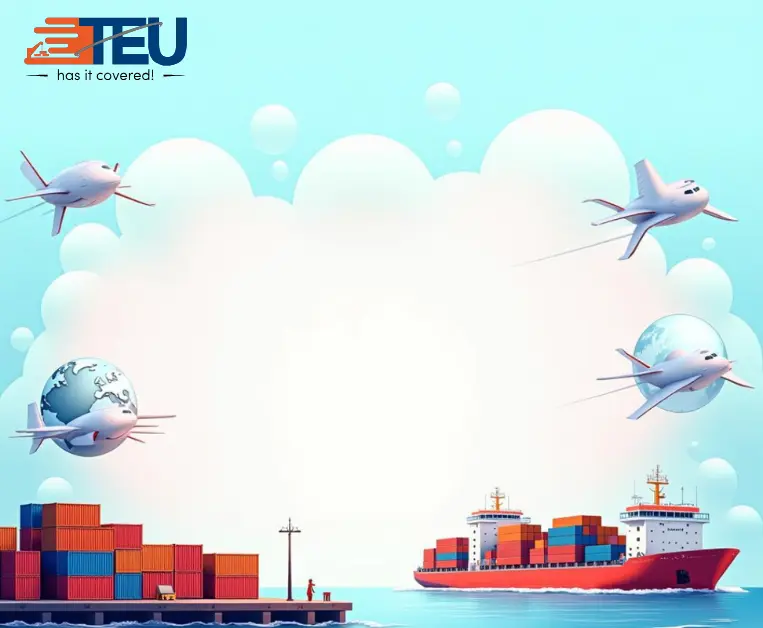
FOB offers a middle-ground—it gives buyers control over shipping, without making the seller do too much.
Essential Documents in Free on Board Shipments
To ensure a successful FOB transaction, you’ll need these documents:
- Bill of Lading – Confirms goods were loaded onto the ship and transferred to the buyer.
- Commercial Invoice – Describes the transaction and value of goods.
- Packing List – Lists every item in the shipment for customs and warehouse purposes.
Accuracy here isn’t optional. A typo can delay customs clearance or cause compliance issues.
What FOB Covers—and What It Doesn’t
Let’s clarify: FOB does not mean the seller pays for everything. In fact, “Free on Board” simply means the seller gets the product onto the vessel. That’s it.
From there, the buyer typically covers:
- Ocean freight
- Import Customs
- Cargo Insurance
- Inland transport at the destination
Benefits of Using Free on Board
- More control: Buyers can negotiate better freight rates and choose their logistics partners.
- Transparent costs: Since shipping is handled by the buyer, pricing is clearer.
- Defined responsibility: Both parties know exactly where their duties start and stop.
Challenges That Come With Free on Board
- Risk shifts early: Buyers take on liability once goods are on the ship.
- No insurance included: Unless arranged separately.
- Paperwork complexity: Buyers must manage their own freight, documentation, and customs clearance.
When Should You Use Free on Board?
It is a great choice when:
- You want more control over the shipping process
- You have experience managing freight
- You’re working with large orders or full container loads
But if you’re a beginner or prefer simplicity, CIF or DDP might suit you better.
Mistakes to Watch Out For
- Assuming FOB means full shipping included: It doesn’t.
- Leaving out the port name: Always specify (e.g., FOB Ningbo, not just FOB).
- Skipping insurance: This is a must, especially for high-value shipments.
Why does FOB in Shipping Matter?
For importers, Free on Board Destination often provides a smoother experience. With this arrangement, the seller manages the shipping process, including freight charges and customs clearance, until the goods arrive at the buyer’s location. This reduces the buyer’s involvement in logistics and minimizes risk.
On the flip side, exporters may benefit more from Free on Board Shipping Point, where their responsibility ends once the goods are handed over to the carrier. This allows them to recognize revenue sooner and transfer liability to the buyer early in the process.
Ultimately, the choice of Free on Board shipping terms depends on the specific needs and requirements of the business. It’s crucial to carefully review the sales contract and understand the terms and conditions of the FOB shipping agreement before deciding. By doing so, businesses can ensure they select the most suitable shipping terms to manage their costs and risks effectively.
Conclusion:
Understanding the difference between FOB (Origin and Destination) is essential for managing shipping responsibilities and risk. Free on Board Origin favors sellers by transferring responsibility early, while FOB Destination benefits buyers by shifting responsibility after delivery. Choosing the right term ensures smoother transactions and better control over logistics and costs.
FAQs
1. Is FOB better for buyers or sellers?
It depends on your priorities. Buyers who want more control prefer FOB. Sellers might choose it to limit their responsibility once goods are shipped.
2. Does Free on Board include shipping insurance?
No, it doesn’t. The buyer must arrange insurance once the goods are on the vessel.
3. Can I customize Free on Board terms in my contract?
Absolutely. Just make sure everything is clearly defined in writing, especially the port of origin.
4. What’s the main difference between FOB and CIF?
Free on Board makes the buyer responsible for freight and insurance. With CIF, the seller handles both until the port of arrival.
5. Is Free on Board used globally?
Yes, especially in sea freight transactions between Asia, Europe, and North America. It’s one of the most widely accepted Incoterms.
